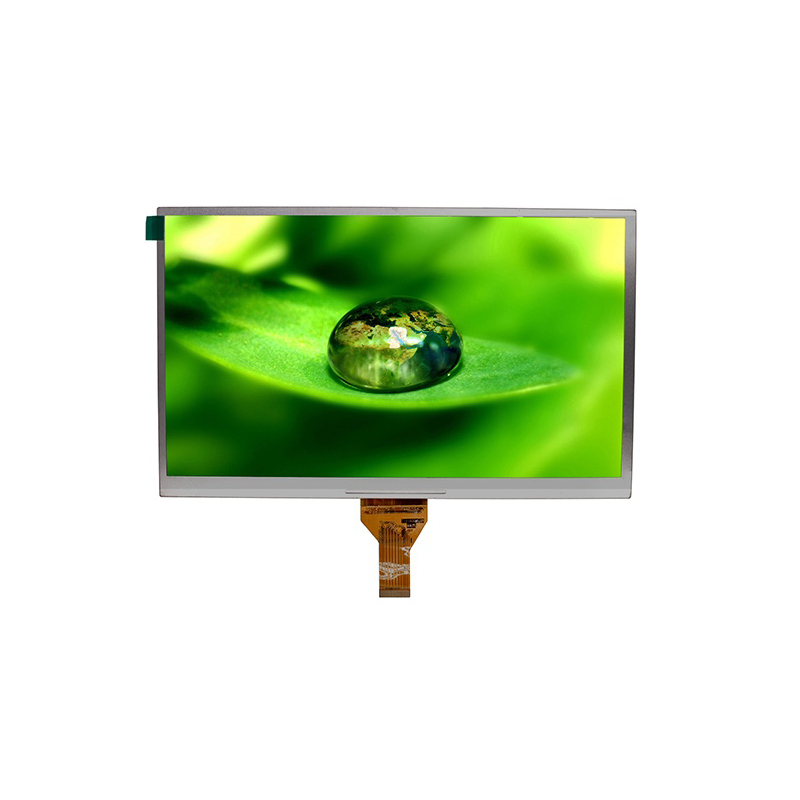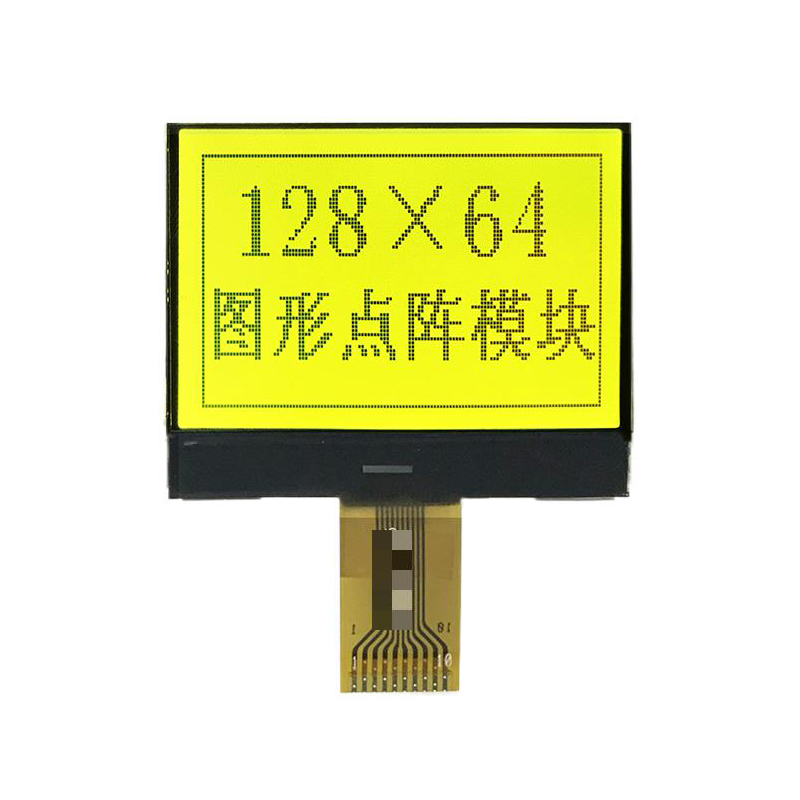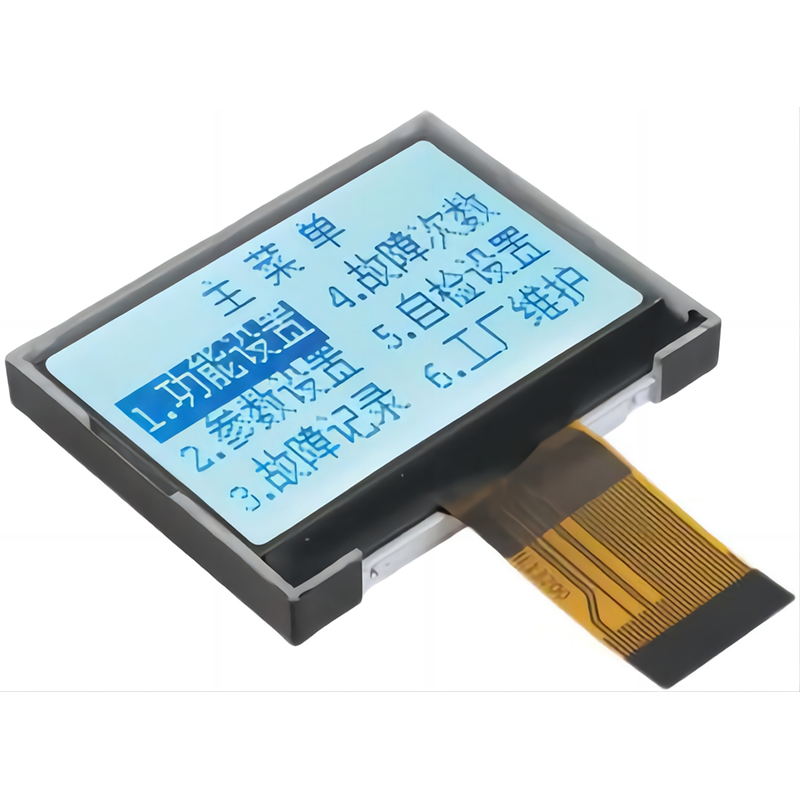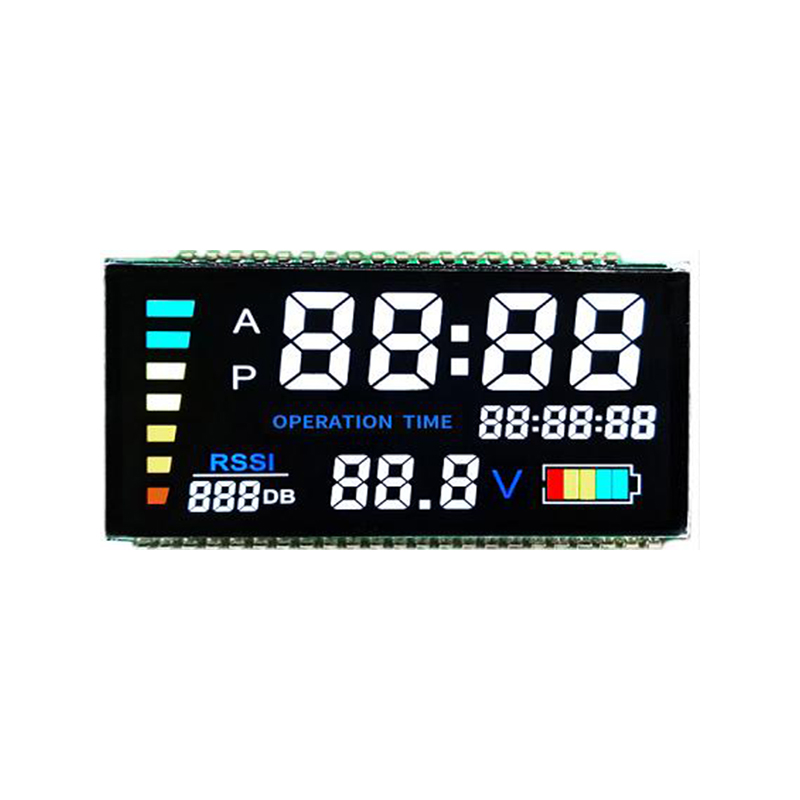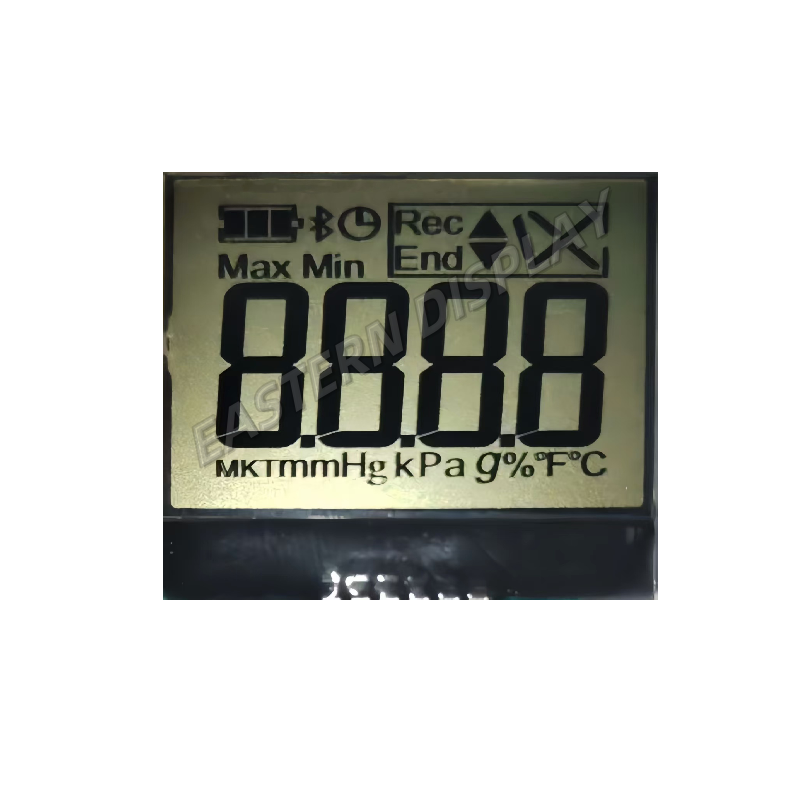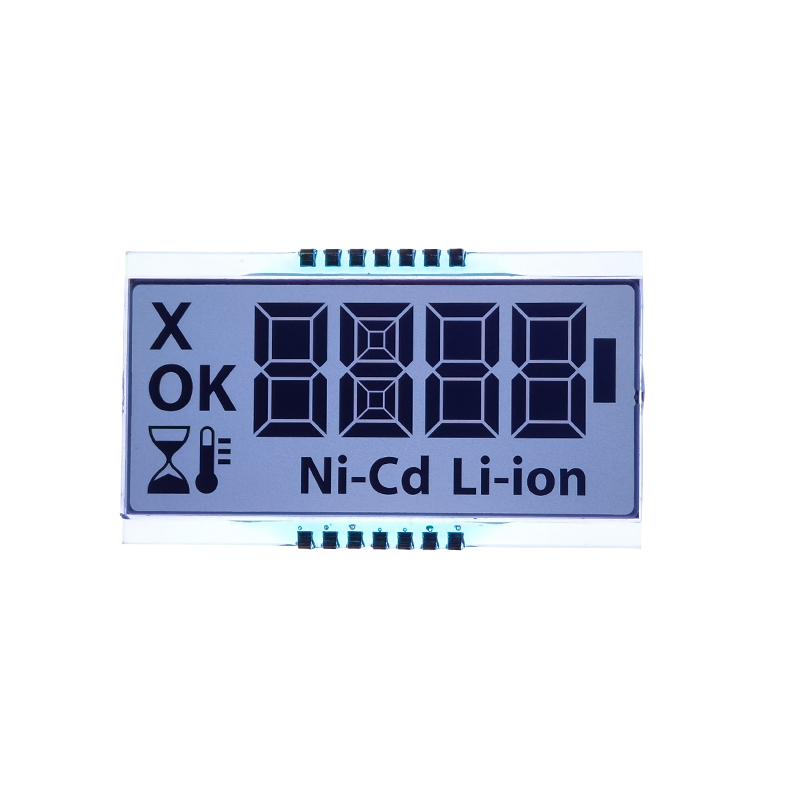
Choosing the right display technology is crucial for any project, whether it's a wearable device, a high-end instrument, or a sophisticated consumer electronic. Mini OLED displays have rapidly gained popularity due to their exceptional image quality, energy efficiency, and versatility. This guide dives deep into the world of mini OLED displays, examining their capabilities, applications, and considerations for your next project.
Organic Light-Emitting Diodes (OLEDs) are a type of electroluminescent display technology that uses organic compounds to produce light. Unlike LCDs, which require a backlight, OLED pixels emit light directly, resulting in superior contrast ratios and deeper blacks. Mini in mini OLED displays generally refers to displays with smaller diagonal screen sizes, typically ranging from less than 1 inch to several inches. These smaller form factors are ideal for applications where space is limited.
The compact size and exceptional image quality of mini OLED displays make them ideal for a wide range of applications:
Smartwatches, fitness trackers, and other wearables heavily rely on mini OLED displays due to their energy efficiency and vibrant visuals.
Portable medical instruments, such as blood glucose meters and pulse oximeters, benefit from the clear and easily readable displays offered by mini OLED displays.
Mini OLED displays are utilized in various industrial applications, from portable instrumentation to handheld control panels, due to their robustness and readability in various lighting conditions.
Increasingly, you'll find mini OLED displays in automotive applications such as instrument clusters and infotainment systems. Their superior image quality and customizable designs offer a distinct visual advantage.
Selecting the optimal mini OLED display requires considering several factors:
The resolution (measured in pixels) and screen size (measured in inches) are critical factors influencing image quality and application suitability.
Brightness (measured in nits or cd/m2) and contrast ratio determine the display's readability in different ambient lighting conditions.
Consider the display's interface (e.g., SPI, I2C) and power consumption requirements to ensure compatibility with your system.
Numerous manufacturers produce mini OLED displays. It’s essential to research reputable suppliers to ensure product quality and reliable service. For high-quality displays and expert support, consider exploring options from companies like Dalian Eastern Display Co., Ltd. They offer a wide selection of mini OLED displays to cater to various applications and requirements. Their expertise in display technology ensures that you receive a product that meets your performance expectations.
| Feature | OLED | LCD |
|---|---|---|
| Contrast Ratio | Infinite | 1000:1 (typical) |
| Power Consumption | Lower | Higher |
| Response Time | Faster | Slower |
| Viewing Angle | Wider | Narrower |
This guide provides a comprehensive overview of mini OLED displays. Remember to meticulously research your specific needs and thoroughly evaluate available options before making your final selection.

